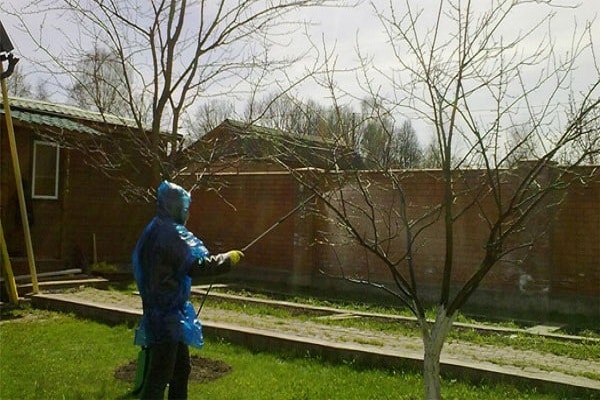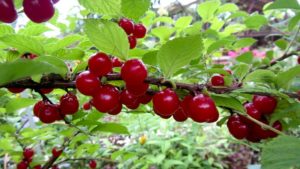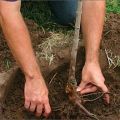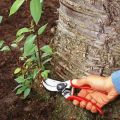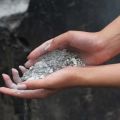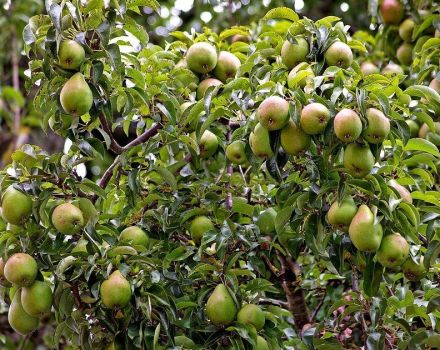How to propagate cherries in summer by cuttings, especially growing and caring for seedlings at home
Growing your own seedling that meets all your needs is every gardener's dream. How to propagate cherries from cuttings in the summer, beginners and experienced summer residents ask themselves. There is nothing difficult in this, it is enough to follow the necessary recommendations, and a positive result is ensured.
Pros and cons of this method
Before getting down to business at home, experienced summer residents first study the advantages and disadvantages of a particular breeding method. Weighing all the pros and cons, they make the final decision.
Propagation by cuttings is a very effective solution. The future tree retains its maternal properties and characteristics. Another plus is that the process is faster than with reproduction in other ways.
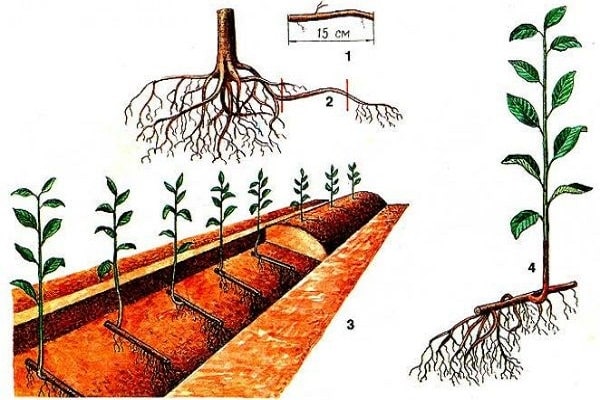
You don't need to do anything special to make it bear fruit. By following simple instructions, a healthy tree is obtained. The fruiting process will not come soon, but the result will not be long in coming.
This method has no disadvantages. Rooting does not take long. A stalk with a developed root system begins to grow, then turns into a full-fledged tree. In a few years, it will bear its first fruits.
In order not to get rid of the overgrowth on the site, it is better to breed cherry varieties that do not allow branches. This will shorten the time to take care of the plants.
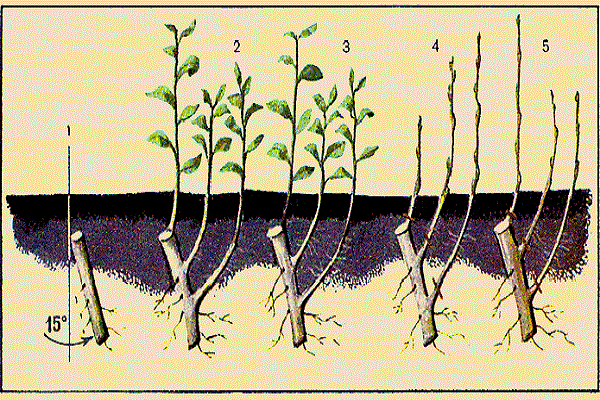
What cuttings are suitable
Breeding your favorite variety is within the power of everyone. Planting material is harvested during the active growth of the mother tree. Roughly mid or late July, depending on the region of residence.
In order for the seedlings to be of high quality, it is required to carefully examine the branches, from which the cuttings will subsequently be cut. There should be no traces of pests or the influence of pathogens on them.
It is better to choose branches located on the south or southwest side of the tree.
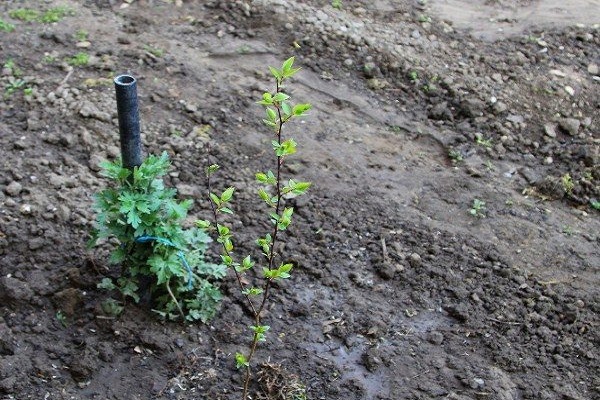
Own-rooted seedlings are obtained by cuttings or by using shoots from a selected tree. They retain all the characteristics of the mother tree. For this they are appreciated.
Reproduction by layers of cherries will not cause difficulties. To do this, you need to fix the branch with pins and wait until the fixed branch starts up the roots. Then put it in a permanent place.
It is necessary to reject high quality planting material. Since this is the basis of the future harvest.
The genes of the mother tree, subject to the correct technology, are adopted by the offspring and are stored throughout the life of the new plant.
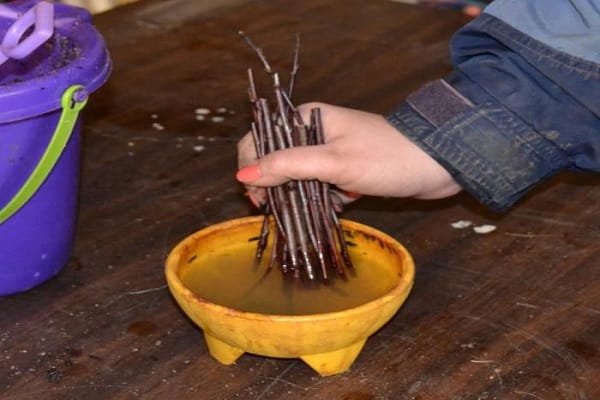
Landing dates and schemes
Regardless of how cherries are propagated, there are recommended planting dates. When a young, fragile seedling is better able to take root, form a root system in time and get ready for winter.
Regions with harsh climates require planting cuttings in the spring. Then, for the whole season, the seedling will sprout roots and, taking root, will be ready to endure the cold.
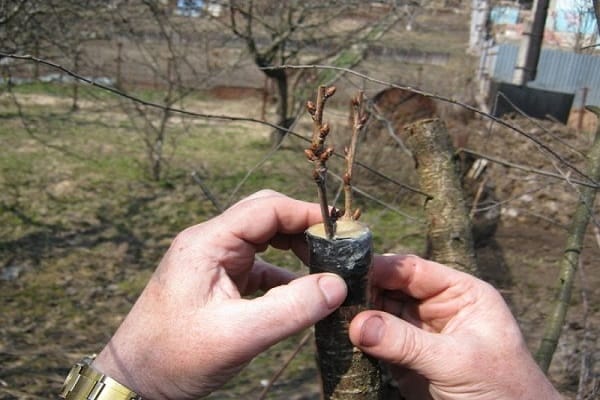
In autumn, planting material is planted in warmer regions with less severe winters. Successfully growing your own tree is not limited to the choice of seedling and planting time. It is recommended to choose a scheme that will allow the young cuttings to grow stronger, forming healthy roots and a strong aerial part.
The cuttings are planted at a distance of 8-10 cm, the planting depth is 3 cm.The distance between the rows is 25-30 cm.
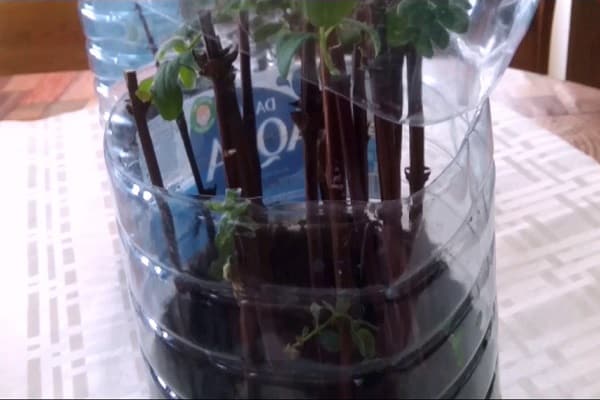
Optimal conditions
In order for the cuttings to take root, the necessary conditions are created under which future seedlings take root and become full-fledged plants. Agrotechnics of care consists in the appropriate composition of the soil, the correct choice of planting day and other related factors.
Soil composition
In order for the cutting to root faster, it is necessary to provide the necessary nutrients. Ordinary earth is mixed with humus, superphosphate, wood ash and mineral fertilizers containing nitrogen are added.
Coarse river sand is poured onto the bottom of the groove or hole to improve drainage. A layer of prepared soil mixture is poured on top of it. Then the cuttings are installed in an upright position and sprinkled with earth.
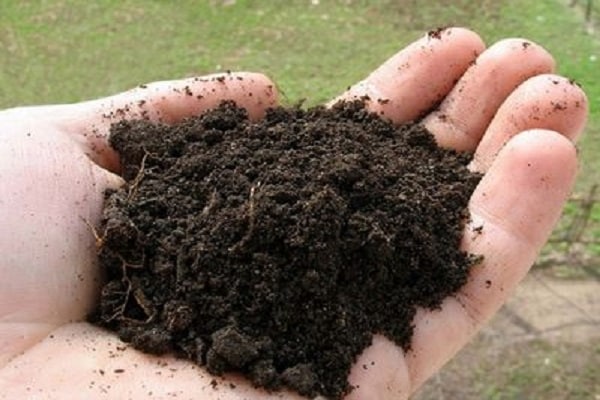
Drop off time
For fast rooting, it is recommended to hold it in a solution that stimulates root growth. In this case, the cuttings are planted in the morning. Experienced summer residents are advised to plant cuttings in the evening if they have not been soaked in stimulants. After planting is over, cover the soil with polyethylene, creating the so-called greenhouse effect.
Cut the cuttings early in the morning and in the evening. A healthy branch is chosen, then it is divided into a number of segments, about 30 cm each.
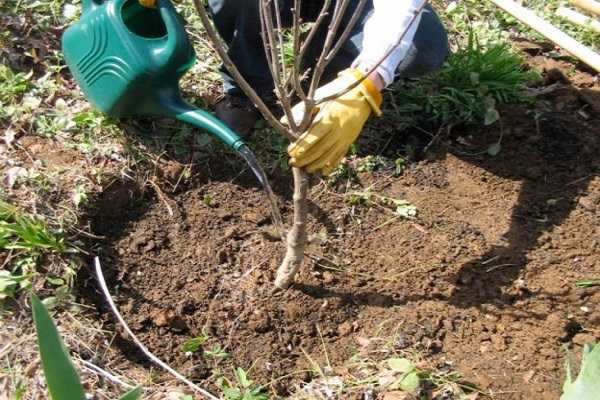
Hole dimensions and depth
It all depends on the number of cuttings selected for planting. If there are a lot of them, then the bed is made wide, if not enough, then a small area is enough. The hole is dug and filled with a nutrient mixture, then a cutting is inserted into it to a depth of 3 cm.

Planting technology
Subject to certain requirements, when planting cuttings, it is possible to achieve a positive result.
The procedure is as follows:
- Preparation of planting material. Selection and cutting of cuttings. The lower cut should be beveled, it is made at a distance of 1 cm from the kidney, the upper one is even, it is cut above the kidney.
- Soaking in stimulants. This item is carried out according to the individual wishes of each gardener. For a day, the cut branches are placed in the mixture, only then they are planted in the ground.
- Garden and soil preparation. If planted in grooves, you should start shaping it. Then prepare a mixture of soil to fill.
- Landing. The cuttings are placed vertically.
- Watering. The earth is well moistened, a watering can or irrigation can be used.
- Cover with polyethylene. This is necessary so that a certain microclimate is created near the roots of the cuttings, which will help them to take root.
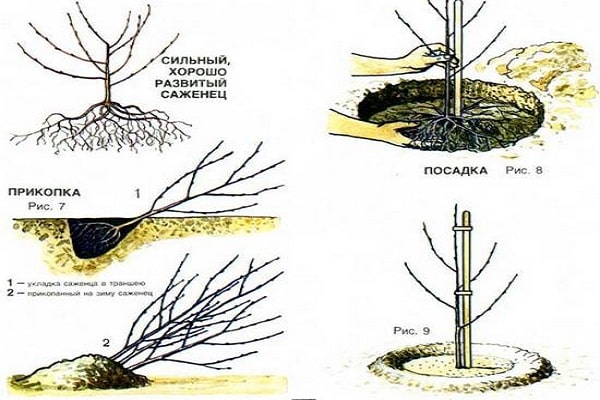
After the planting process is completed, it remains only to take care of the cuttings.
Features of the propagation of cherries by green cuttings
The most common method of propagation of fruit trees, which is used in nurseries. The process is painstaking, but the result is achieved quickly. The seedlings are rooted and retain all the maternal characteristics.
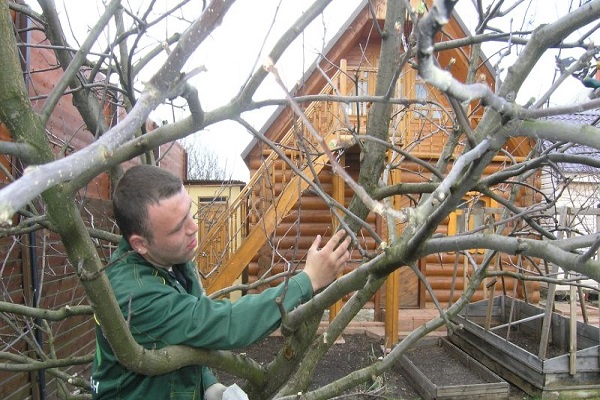
Reproduction by green cuttings involves:
- Site selection for landing. The place should be shaded, partial shade is suitable. The sun's rays will dry out the branches, and a strong shade will develop diseases.
- Preparing the pit for planting. Depth on shovel bayonet, then filled with rubble or gravel. Fertile soil is poured on top and everything is covered with a layer of sand.
- Preparation of planting material. The cut branches are kept in a stimulator and planted in the ground.
- They build a mini-greenhouse and water it constantly. The amount of moisture should be closely monitored. Waterlogging will lead to decay of future seedlings.
If something did not work out the first time, do not despair, you must try again. The main thing is the result, because experience comes over the years. Growing, well-rooted trees are transplanted for growing in the fall.
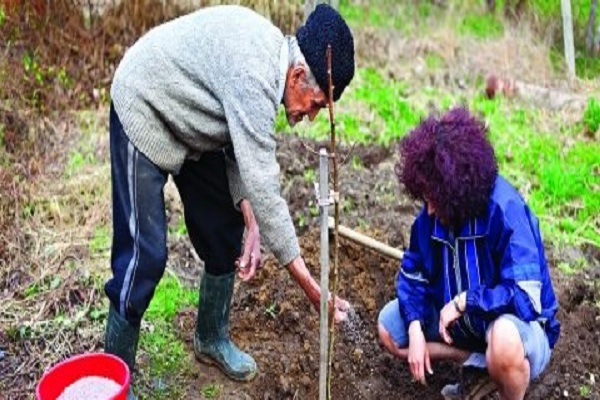
Seedling care after planting
If rooting went well, this does not mean that the plant should be left unattended. You must continue to look after him. The success of all actions depends on how correctly this is done.

Watering
Immediately after the cuttings are planted in the ground, they should be constantly watered, preventing the soil from drying out. But do not forget to observe the measure. Excessive moisture will not lead to anything good.
When future seedlings begin to take root, watering is reduced and the polyethylene is removed. But they do it in stages, first accustoming the plants to open air for several hours, gradually reaching the whole day. Then they are completely removed and left open. As it grows, the frequency of watering is reduced to 1-2 times every 10 days.
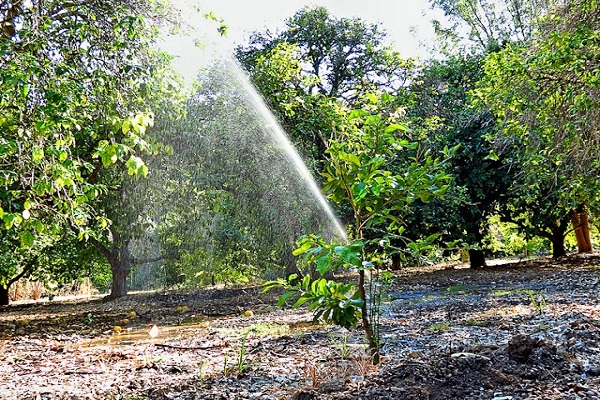
Grown young trees are watered several times per season:
- during the period of swelling of the kidneys;
- during flowering;
- after partial shedding of fruits;
- after the completion of fruiting.
The tree does not need an abundance of moisture, it will not cause anything except diseases. After each watering or rain, it is recommended to loosen the soil, this will help to retain moisture in the soil for longer, prevent the appearance of weeds and provide oxygen to the root system.
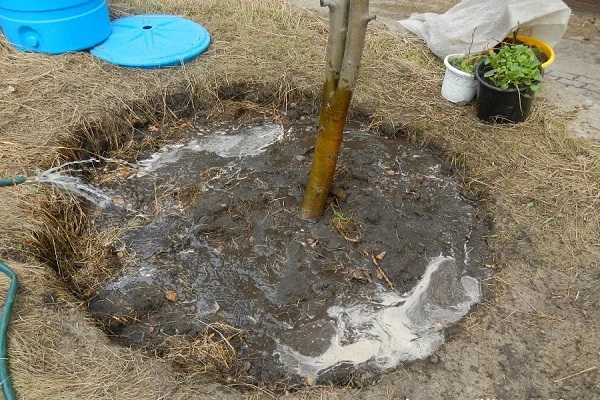
Fertilizer
Any plant responds positively to feeding. It is important not to overdo it here. Complex mineral fertilizers will help restore the lack of nutrients in the soil composition.
Organic fertilizing is recommended once a season. Wood ash will not interfere with a growing tree, which, in addition to nutrition, performs 2 more functions, repels insect pests, and fights pathogens of some diseases.
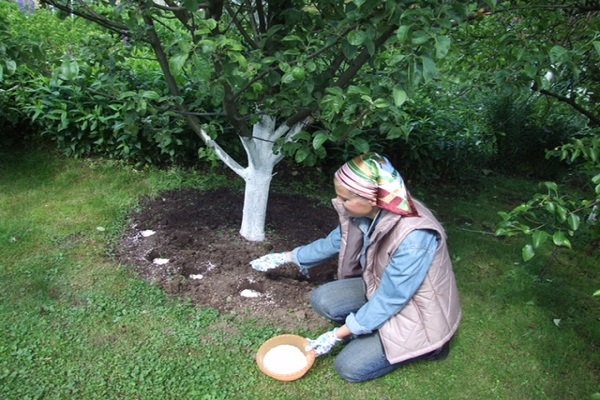
Cherries need liming, but before adding lime, you need to know the pH of the soil in which the seedlings grow. This procedure is carried out every 5-6 years. The application rate for each bush depends on the acidity level of the soil.
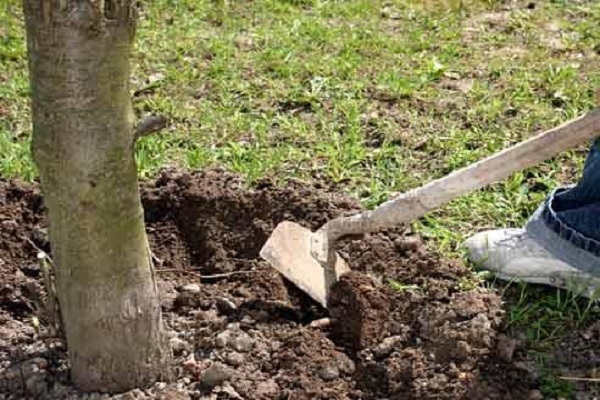
Treatment against diseases and pests
To get a harvest and not ruin a young plant, it is necessary to process the seedlings. Particularly much attention should be paid to young immature sprouts. They need care. It is required to carry out preventive treatments against diseases characteristic of the culture.
An exception is when the mother plant is immune to disease. Then no processing is needed. Chemicals are used, but only before flowering. In the future, special mixtures are prepared according to folk recipes. Their effect is lower, but they are safer for human health.
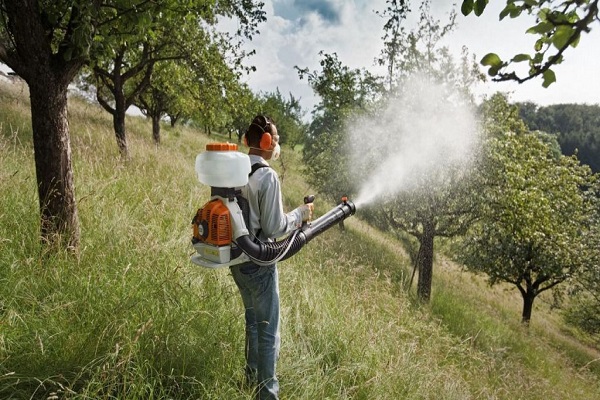
Traps are set against insects, special sweet mixtures are poured into them and pests are lured.
Growing cherries by cuttings is not a quick process, but simple and effective. You don't have to do anything special and you don't need to have special skills. And the result is your own tree, in which the gardener is completely confident.
